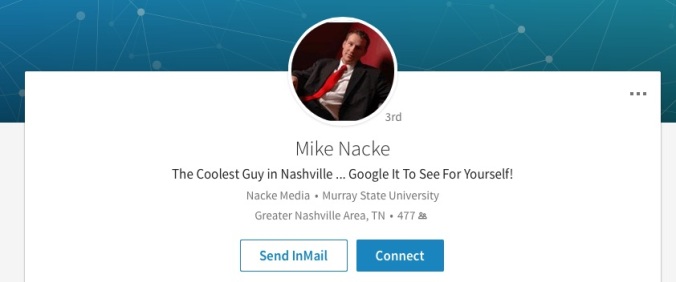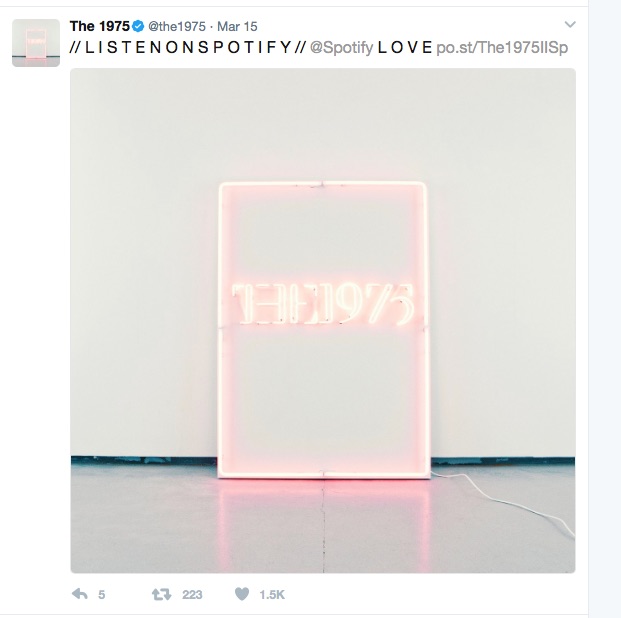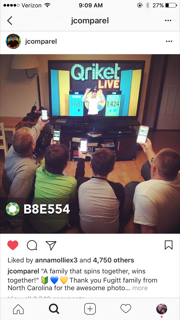“Establishing Social Media Guidelines of the Organization” from Social Media ROI by Blanchard proved to be a very relevant chapter as we are all preparing to move on to the real world and social media has been on the rise and an industry that does not seem slowing down any time soon. I found it especially interesting because I am currently working to start a non-profit organization and although I am not super active on social media, it has made me occasionally stop and think twice about what I am posting and how people are going to react to it. Currently, it is a very small start-up organization, but I would not want to post anything to hinder our growth. This also caught my attention and gave me new insight considering previous jobs I have encountered have not been concerned with social media at all.
While reading this chapter, I kept catching myself thinking “does this really happen?” or “this seems a little extreme to have in the social media guidelines.” This chapters goes in depth about what should be included in a company’s guide to social media and made me aware of many things I had never thought about.
The first part this talks about is the employee social media bill of rights, your basic rights to social media usage in regards to the company. Mainly, it determines that you can have your own personal social media accounts but you must be careful about what you say and make sure that it will not hurt the company in any way. The chapter goes on to talk about internal and external guidelines, using social media during the workday and how the lines are blurred between professional use for the company and personal opinions. In discussing the external social media usage guidelines, an interesting point was brought up. the time something is posted can determine whether is detached to the company. However, because the time distinction between work hours and personal use is not clear to the general public and will not be perceived that way and therefore, they represent their employer 24/7/365. To me, this makes sense but also seems unfair because it is essentially saying that you should never be posting anything personal as it could potentially cause an issue with your company. This creates an extremely restricted use of social media, regardless of it being related to work at all.
Within the external guideline, having a disclaimer was discussed. This is to clarify that opinions in expressed by a personal account are personal in nature and in no way reflect the views and opinions of the employer. This was something that I could personally relate to. Personally, I have not had to worry about this too much because non of my previous jobs have had any social media guideline handbooks. However, it did get me thinking about my own non-profit and how we have to be careful about what we post personally. Also, if we had other people working, how we would construct our guidelines. This is an example of someone including that disclaimer in their twitter bio:

https://twitter.com/Arclegger?lang=en&lang=en
Anti-Defamation Guidelines
The chapter describes anti-defamation guidelines as a way to help protect employees and the organization from unnecessary lawsuits from offended parties. It describes libel, slander and defamation and how employees can avoid getting in trouble with this. I think this is something that we experience daily without even realizing it, This about how many people you see going on twitter to complain about a company or a brand and just destroying any good reputation they had. Sometimes this can happen with employees if they had a bad day at work or not longer work for a certain company. Although, everyone is entitled to their own opinion, it is important that one does not give the company a negative image. And they should be aware of serious consequences that can result. The following tweets may not fall into these categories specifically but they are the same idea:




https://twitter.com/search?q=Hannah70x7%20Odyssey&src=typd&lang=en
This is from someone who used to write for the Odyssey. This is completely putting a negative image not the site and anyone who read this would be driven away from it. Some of these posts were made after she stopped working, but regardless, it think this is a form of defamation and it may not be taken as seriously because it is not a huge corporation, it could turn into an issue.
Overall, this chapter was helping and interesting in thinking about what we have to think about when posting on social media and starting a new job at companies that have all these guidelines. I was surprised to see that there is such a large “handbook” for this when social media is such a new industry. However, it is quickly growing and while I find some parts of these guidelines extreme, it does make sense as to why they are important.
And here’s a link with examples of companies with good social media guidelines:
http://blog.hirerabbit.com/5-terrific-examples-of-company-social-media-policies/


